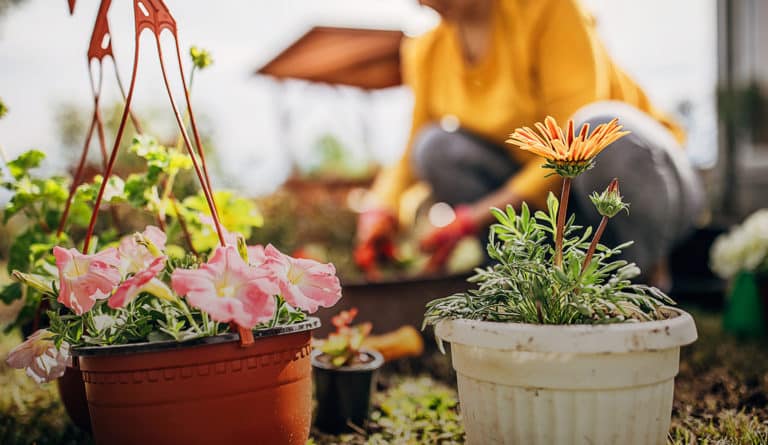
rubber plant
aka ficus elastica, rubber fig, rubber tree
Nothing fills out a room like the tall dark and handsome rubber plant. Left untrimmed, it can soar to almost 10 feet. The all-star quarterback of your plant team. Description: Leathery leaves that can be deep dark green to burgundy or black in colour / India Malaysia / tropical / fiddle leaf fig cousin
variations
The rubber plant has many variations in colour Robusta, Tricolor, Tineke, Decora, Doescheri, Burgundy, Abidjan, Melany, Red Ruby, Black Prince, and Yellow Gem.
light
bright, indirect light
Ficus loves plenty of bright, indirect light. It can handle lower light but won’t grow as quickly. Sometimes that’s a good thing because Rubber plants really like to grow upwards. Avoid long periods of direct sun because those big, broad leaves can burn.
water + feeding
allow soil to dry between watering
This plant really likes to dry out between waterings, so make sure the top two inches of soil are dry. Then give it a big, thorough watering. Don’t overwater to the point you see it pooling in the tray or turning the soil soupy on top.
toxic
toxic to humans and pets
Ingestion will cause mouth, stomach irritation and possible vomiting. The milky latex-like sap (for which the rubber tree is named) can also irritate the skin.
location
flexible
Good with most average indoor temperatures but prefers a warmer room. Watch out for drafts and blasts of hot or cold air from vents as this will cause leaves to drop.
humidity
loves it
Extra humidity from misting or a humidifier is welcome.
size
large friend
A true vertical champion. Indoors will grow 6 to 9 feet tall with a 3 to 4 foot spread. It’s a statement plant.
pro tip
keep those leaves clean
Those broad leaves easily collect dust and therefore dust mites. Polish them regularly, gently with a damp cloth. Check under the leaves for pests while you’re at it.
fun fact
sap is natural rubber
That white milky sap is natural latex. Before synthetic rubber was invented, it was the only source of rubber for tires and latex gloves.


beyond the basics
-
soil & potting
Use a rich, well-draining, indoor potting soil, like Miracle-Gro® Indoor Potting Mix. Ensure your pot has good drainage. Don’t let it sit in water and if you notice water pooling in the drainage tray, empty it.
-
when to repot
Repot every 1 to 2 years in the Spring, especially with younger plants. Increase pot by 2 inches every time. When your Rubber plant is older and becomes a big fella, repotting gets hard! So you can just replace the top few inches of soil.
-
propagation
Be careful what you start, because these plants get big! Pick a stem showing thick, healthy leaves and cut halfway up the stem. Milky sap will come out, and it’s an irritant you want to avoid. Remove the bottom leaves to give yourself a nice stretch of stem. It’s not the easiest propagator, so you’ll need rooting hormone to encourage roots. Dip your stem in the hormone and pot it moist soil, like Miracle-Gro® Indoor Potting Mix.
-
pest control
Look for mealybugs, scale insects, and spider mites. During your regular leaf cleaning, inspect the underside of each leaf. Check out our Pest control section in Plant 101 for how to identify and deal with pests on your plant!

troubleshooting
-
why are there patchy, pale spots on leaves?
Too much direct sunlight. Rubber plants don’t like direct sun. It’s too hot on those big, broad leave, and they’ll lose moisture, causing these patchy pale spots. Shade the window or move your plant away from this direct sun. Sadly, the spots don’t heal, so consider removing the most damaged ones.
-
what’s with all the dropping leaves?
Rubber plants get stressed out easily. Any sudden change is likely to trigger leaf drop. Blasts of air conditioning or furnace heat. Cold drafts under a door. Being taken home from the nursery is also a big change in your plant’s life! Expect droppage. If you have not moved it recently and you can’t source any sudden temp changes then it could be overly dry air, or under watering and feeding. Review your care routine and your Rubber plant should… bounce back.
-
why are there dark Patches or spots on leaves?
Possible sunburn, or worse, leaf spot. If your Rubber plant is sitting in direct sunlight, it’s probably sunburn. Especially if it’s getting hot Summer sun. Move to still-bright indirect spot. If it’s not sunburn, it could be leaf spot, a fungal disease. Overwatering, especially in the winter, is usually the cause. First, avoid spreading to other plants by separating them physically. Remove all spotty leaves and check for plant debris in the pot. If you’re misting, stop. You want the leaves to get dry. Treat with fungicide.
-
why do I have yellowing, wilting leaves?
Probably root rot from overwatering. Do you also notice mushy stems and/or slower growth? These are all signs of root rot. Not to worry, when caught early this is easily fixable. Reduce watering and ensure the soil dries out before watering. Check your pot’s drainage. Does it have a hole that allows excess water to escape? Help things dry by poking holes in the soil. This will get oxygen to the roots. You can also put the pot (with drainage holes) in a tray that’s lined with a layer of dry soil. It acts like a sponge to draw out extra moisture. Now, let’s check for root rot. Dig down and cut out any that look affected. If things are really bad, consider repotting entirely with new soil. For more information check out our Plant 101 section.



